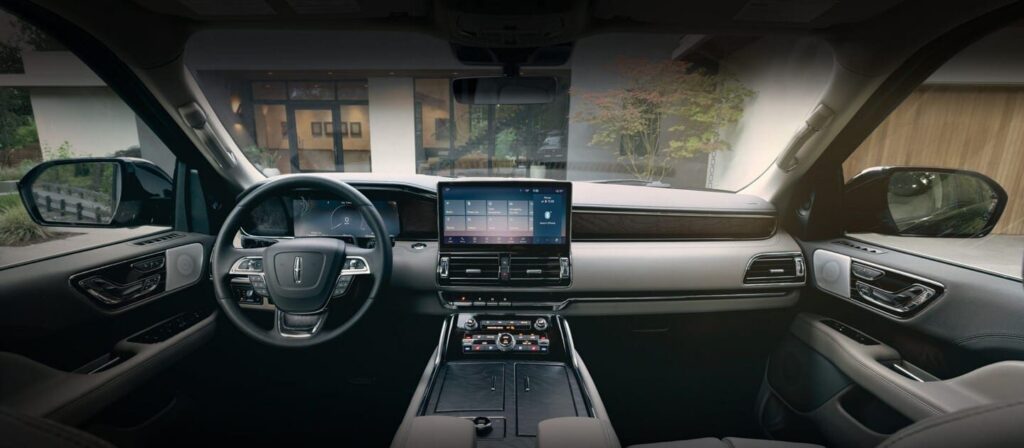What are Some Car Features?

Car Features: The Building Blocks of Modern Vehicles
In the ever-evolving world of automotive technology, the term “car features” has become increasingly significant. These elements are the very essence of what makes a vehicle unique, functional, and appealing to consumers. But what exactly do we mean when we talk about car features? Let’s delve into this concept without focusing on specific examples, instead exploring the broader categories and impacts of these automotive innovations.
The Essence of Car Features
At its core, a car feature is any component, technology, or design element that contributes to the vehicle’s functionality, safety, comfort, or aesthetic appeal. These features are the building blocks that differentiate one car from another, often influencing consumer choices and driving automotive innovation forward.
Categories of Automotive Innovation
Safety Enhancements
One of the most critical areas of development in the automotive industry revolves around safety. These features are designed to protect drivers, passengers, and pedestrians. They can be both active, working to prevent accidents, and passive, minimizing harm when collisions do occur. The evolution of safety features has been dramatic, with each new generation of vehicles introducing more sophisticated systems to keep occupants secure.
Performance and Efficiency
Another significant category focuses on how the car moves and operates. This includes everything from the powertrain to fuel efficiency technologies. As the world becomes more environmentally conscious, features that improve fuel economy or reduce emissions have gained prominence. Additionally, performance enhancements that improve handling, acceleration, and overall driving dynamics continue to be a focus for many manufacturers and enthusiasts.
Comfort and Convenience
The interior of a vehicle is where drivers and passengers spend their time, making comfort and convenience features increasingly important. These can range from basic amenities to luxurious additions that transform the driving experience. The goal is to make time spent in the vehicle as pleasant and stress-free as possible, whether for short commutes or long road trips.
Connectivity and Infotainment
In our digital age, cars have become extensions of our connected lives. Features in this category aim to keep occupants informed, entertained, and connected to the outside world. The integration of smartphones and other devices has become seamless, turning vehicles into mobile hubs of communication and entertainment.
Aesthetic and Design Elements
While not always directly related to functionality, aesthetic features play a crucial role in a car’s appeal. These design elements contribute to the vehicle’s overall look and feel, often reflecting current trends or timeless styles that resonate with consumers.
The Impact of Car Features
Driving Consumer Choice
Car features significantly influence purchasing decisions. Consumers often compare vehicles based on the features they offer, weighing the benefits against the cost. As such, automakers invest heavily in developing and marketing new features to attract buyers and differentiate their products in a competitive market.
Advancing Automotive Technology
The constant demand for new and improved features drives innovation in the automotive industry. Engineers and designers are continually pushed to develop technologies that enhance various aspects of the driving experience. This ongoing evolution not only improves individual vehicles but also advances the entire field of automotive engineering.
Shaping Regulatory Standards
As new features are developed, particularly those related to safety and environmental impact, they often influence regulatory standards. What begins as a novel feature in high-end vehicles can eventually become mandated equipment across all new cars, raising the baseline for automotive safety and efficiency.
Transforming the Driving Experience
Perhaps the most significant impact of car features is how they’ve transformed the act of driving itself. The cumulative effect of various innovations has made driving safer, more comfortable, and more enjoyable. Features that assist the driver have redefined the relationship between human and machine, gradually shifting towards a more collaborative interaction.
Economic Implications
The development and integration of new features also have substantial economic implications. They can affect manufacturing costs, vehicle pricing, and even job markets as new skills become necessary in the automotive industry. Additionally, certain features can impact long-term ownership costs, influencing everything from fuel consumption to maintenance requirements.
The Future of Car Features
As we look to the future, the concept of car features is likely to continue evolving. Emerging technologies promise to bring even more dramatic changes to how we interact with and benefit from our vehicles. The lines between different categories of features may blur, creating more holistic systems that work together seamlessly to enhance the overall driving experience.
In conclusion, car features are far more than just selling points or added luxuries. They represent the ongoing evolution of automotive technology, reflecting our changing needs, values, and aspirations as a society. By understanding the broader concept of car features, we gain insight into the complex interplay of engineering, design, and human factors that shape the vehicles of today and tomorrow. As the automotive industry continues to innovate, the features that define our cars will undoubtedly play a central role in shaping the future of transportation.




